When to Use Water in Compactor Roller [Pro Tips to Boost]
Compaction is one of the most critical stages in the construction process. It determines the structural integrity and durability of constructed structures. Road construction and building construction are the main construction branches that involve compaction. In road construction, compaction of base and subbase layers increases the bearing capacity to sustain the design traffic loads.
Additionally, it eliminates air pockets from the material; minimizes the risk of cracking due to settling and high temperatures. Compaction of asphalt layers in road paving prevents rutting and potholes formation increasing the durability of roads and highways. Stabilization of foundation soils by compaction in building construction ensures structural soundness and safety.
Material moisture content is one of the main factors affecting compaction outcome. The amount of moisture in the material structure determines the cohesive capabilities of the particle. When the material is too dry, it is harder to compact the material due to minimal cohesion between the particles. On the other end, excessive moisture content makes it hard to work on material due to its stickiness. Depending on the needed compacted density of the material, an optimum moisture content can be determined prior to compaction.
This article explores the use of water in the compaction process. It explores scenarios where water is needed for efficient compaction when using a compactor roller. Additionally, it highlights best practices, water application methods and considerations when applying water during compaction for effectiveness.
Contents
Understanding Compactor Rollers
A. Types of compactor rollers
There are various types of compactor rollers; each adapted to specific project requirements and site conditions. Compactors are classified based on the drum design or compaction force application mechanisms. Based on drum design, the following types are common;
1. Smooth drum compactor roller
These compactors have a cylindrical drum with a smooth surface mounted to a frame and attached to a chassis. The drum is driven over material in overlapping passes to exert compaction force due to its weight. Depending on the size and model of the compactor, it could have a single drum and rubber tires or two drums mounted at either end of the chassis.
2. Padfoot compactor rollers
These compactors have protrusions on the drum; known as pads or feet. The pads reduce the weight to area ratio increasing the compaction impact. Padfoot compactors are applicable in areas that require deep compaction. They offer a kneading effect making them ideal for cohesive soils.
3. Pneumatic compactor roller
Pneumatic rollers do not have a drum. Instead, they rely on the rollers self-weight and air-filled rubber tires to exert compaction force. The rubber tires offer a smooth finish to compacted surfaces; making them ideal for asphalt paving.
B. Function of compactor rollers
The sole function of compactor rollers in construction is efficient compaction. Rollers allow faster compaction of larger areas making them ideal for large scale projects. Additionally, their weight allows deeper compaction compared to other compaction techniques. The drum design coupled by overlapping passes during construction ensures consistent compaction throughout the site.
C. Importance of proper compaction
Proper compaction in construction is essential for several reasons. First, it ensures the stability and load-bearing capacity of the soil or fill material, preventing settling and structural damage over time. Second, it reduces the permeability of the ground, which is crucial for preventing water infiltration and erosion. Third, well-compacted soil provides a solid foundation for structures, ensuring their longevity and safety.
It also enhances the uniformity of support, minimizing differential settlement. Additionally, proper compaction minimizes the risk of soil-related hazards, such as sinkholes.
Factors to Consider Before Using Water
A. Soil type
1. Cohesive soils
Cohesive soils, like clay, have fine particles that retain water and exhibit cohesion when moist. Before using water for compaction, it’s essential to consider the existing moisture content. Adding water to overly wet cohesive soils can make them too soft and challenging to compact, while too little water can result in inadequate compaction.
2. Granular soils
Granular soils, such as sand and gravel, have larger particles that don’t hold water as well. Adding water to granular soils can improve compaction by creating a bond between particles. However, over-watering can lead to excessive saturation, reducing compaction efficiency.
B. Moisture content
The optimal moisture content for compaction varies depending on the soil type. It’s crucial to determine the soil’s current moisture level and adjust it as needed. Compaction tests, like Proctor or Modified Proctor tests, help establish the ideal moisture range for compaction.
C. Temperature and weather conditions
Temperature and weather conditions influence the moisture content of the soil. Hot and dry weather may require more water to achieve the desired compaction, while cold and wet conditions might necessitate less water. Timing compaction operations with suitable weather conditions is essential to avoid complications.
D. Project specifications and requirements
Always adhere to project specifications and requirements provided by engineers and designers. These documents will outline the moisture content and compaction criteria for different soil types. Deviating from these guidelines can result in suboptimal compaction and may compromise the structural integrity of the construction project.
When to Use Water in Compactor Rollers
A. Compaction in cohesive soils
1. Optimal moisture content
Use water during compaction in cohesive soils to achieve the optimal moisture content. This ensures that the soil is at the right moisture level for compaction. Too dry or too wet soil can result in poor compaction, but adding water to reach the optimal moisture content improves cohesion and compaction efficiency.
2. Achieving maximum compaction
Water is used to facilitate achieving maximum compaction in cohesive soils. Properly compacted cohesive soils offer improved load-bearing capacity and long-term stability, making them suitable for construction foundations. Water aids in binding fine particles, reducing air gaps, and enhancing compaction.
B. Compaction in granular soils
1. Reducing dust and improving compaction
In granular soils like sand and gravel, water can be applied to reduce dust and improve compaction. Spraying water on the surface helps control airborne dust, making the work environment safer and more environmentally friendly. Additionally, dampening the soil particles enhances their ability to interlock, leading to better compaction results.
C. Hot weather conditions
1. Preventing excessive soil sticking
During hot weather conditions, using water can prevent excessive soil sticking to compaction equipment. Moistening the soil surface helps reduce adhesion to machinery, ensuring smooth compaction operations and reducing equipment maintenance.
2. Enhancing compaction efficiency
Hot weather can quickly dry out the soil, making it more difficult to achieve proper compaction. Watering the soil in hot weather conditions helps maintain the required moisture content, ensuring efficient compaction and optimal soil density.
D. Meeting project specifications
1. Legal requirements
Some construction projects are subject to legal requirements that mandate specific moisture content levels and compaction standards. In such cases, water is used to comply with these regulations and avoid potential legal issues.
2. Engineer or contractor recommendations
Following the recommendations of engineers and contractors is essential to meet project specifications. If these professionals advise using water to achieve the desired compaction and moisture levels, it is crucial to follow their guidance to ensure the project’s structural integrity and durability.
Water Application Methods
A. Integrated water tanks
Integrated water tanks are water storage systems incorporated directly into compactor rollers. These tanks are designed to supply a controlled amount of water during the compaction process. Integrated water tanks offer the advantage of convenience, as the water source is built into the machinery. Operators can adjust water flow rates to maintain the desired moisture content in real-time, ensuring efficient compaction. This method is particularly useful for compactors working in remote areas or where a consistent water source is not readily available.
B. Water trucks or tankers
Water trucks or tankers are vehicles equipped with large water storage tanks. They are used to transport water to the construction site and distribute it over the compacted area. This method is suitable when a centralized water source is nearby, but not directly accessible to the compaction equipment. Water trucks provide flexibility in delivering the required amount of water, making them useful for larger construction projects or when continuous compaction is needed. Operators can control the flow of water from the truck to ensure consistent and even distribution.
C. Spray systems
Spray systems involve the use of nozzles or sprayers attached to compaction equipment. These nozzles disperse water in the form of a fine mist or spray directly onto the soil surface as the compactor moves forward. Spray systems are effective for dust control in granular soils and for precise moisture application in cohesive soils. They offer uniform water distribution, preventing over-saturation in certain areas. Operators can adjust the spray intensity and coverage, which is especially useful when working in areas with specific moisture content requirements.
D. Water flow rates and distribution
Controlling water flow rates and distribution is crucial to achieving optimal compaction. Proper distribution ensures that the entire compacted area receives the right amount of moisture. It prevents inconsistencies in density and stability. Operators must adjust flow rates based on factors like soil type, moisture content, temperature, and compaction equipment used. Regular monitoring and testing are essential to maintain the desired moisture levels and compaction standards. Precise control of water flow rates and distribution helps achieve the best results and prevents over-compaction or under-compaction.
Best Practices for Using Water
A. Proper timing
Proper timing of water application is crucial during compaction. Water should be added just before or during the compaction process, ensuring that the soil or material is adequately moistened as the compactor passes over it. Applying water too early can lead to evaporation and uneven moisture distribution, while adding it too late may result in inadequate compaction. Timing should be coordinated with the compaction equipment’s movement to achieve optimal moisture content and compaction density.
B. Uniform distribution
Uniform distribution of water is essential to maintain consistent moisture levels across the entire compacted area. Uneven distribution can lead to variations in soil density and, consequently, structural weaknesses. Whether using integrated water tanks, water trucks, or spray systems, it is crucial to ensure that water is spread evenly. Proper equipment setup, nozzle positioning, and operator skill are vital to achieve uniform coverage and prevent localized dry or wet spots.
C. Monitoring moisture content
Moisture content testing through methods like the Proctor test helps ensure that the soil is within the specified range for compaction. Testing can be done at various depths and locations to identify any variations. If the moisture content falls outside the desired range, adjustments can be made to the water application rate to maintain optimal conditions.
D. Avoiding over-saturation
Over-saturation occurs when excessive water is added, making the soil too wet for effective compaction. This can result in soil instability, reduced load-bearing capacity, and extended drying times. To avoid over-saturation, operators must carefully control water flow rates and monitor the moisture content. They should adhere to project specifications and recommended moisture content ranges for the specific soil type. Adequate mixing and blending of water with the soil are also essential to prevent localized areas of excessive moisture.
Common Mistakes to Avoid
A. Excessive water usage
Overwatering the soil can lead to over-saturation, reducing soil stability and compromising the quality of compaction. It can also cause delays in construction due to prolonged drying times.
B. Incorrect timing
Adding water too early, before the compaction process, can result in moisture loss through evaporation. Conversely, adding water too late may lead to inadequate soil moisture for effective compaction.
C. Uneven distribution
Uneven distribution of water can lead to variations in soil density and structural weaknesses. This mistake can occur when water is not applied uniformly across the compacted area.
D. Environmental considerations
The excess runoff of water containing sediments or pollutants can harm the environment and may lead to regulatory violations. It’s essential to implement erosion control measures, manage runoff, and adhere to environmental regulations when using water during compaction to protect natural resources and ecosystems.
Environmental and Regulatory Considerations
A. Environmental impact
Environmental impact considerations during compaction involve assessing the potential effects of the construction process on the natural surroundings. This includes evaluating how water usage, soil disturbance, and other activities may impact local ecosystems, water quality, and air quality. It’s important to minimize or mitigate these impacts through strategies like erosion control, sediment management, and dust suppression.
B. Compliance with local regulations
Many regions have specific laws and ordinances governing water usage, soil erosion, air quality, and other environmental aspects of construction. Failing to meet these regulations can result in fines, delays, and legal issues. It’s imperative for construction projects to work closely with local authorities, obtain the necessary permits, and follow the prescribed guidelines to avoid regulatory violations.
C. Sustainable alternatives
Incorporating sustainable alternatives into the compaction process is an environmentally conscious approach. This includes using reclaimed or recycled water, implementing efficient equipment to reduce water consumption, and exploring innovative compaction techniques that minimize environmental impact.
Conclusions
The strategic use of water in compactor rollers is of paramount importance in construction. It enhances compaction efficiency and stability, significantly impacting a project’s durability and structural integrity. Adhering to best practices, such as proper timing, uniform distribution, moisture content monitoring, and avoiding over-saturation, ensures that water application is effective and efficient. Environmental considerations and regulatory compliance are vital in mitigating the impact on the environment.
It is imperative for construction professionals to make informed decisions, considering soil type, project requirements, and sustainability, to strike the right balance between achieving optimal compaction and preserving the environment, underscoring the critical role of informed decision-making in the success of construction projects.
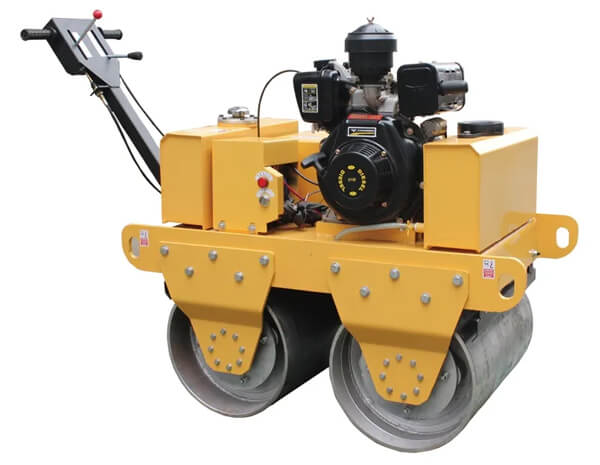
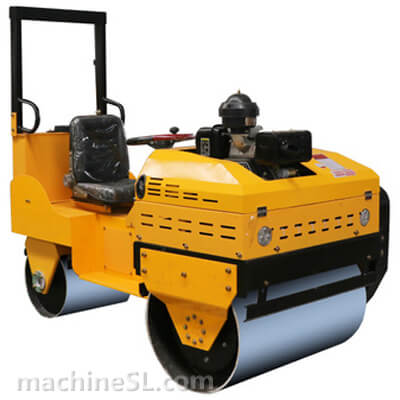
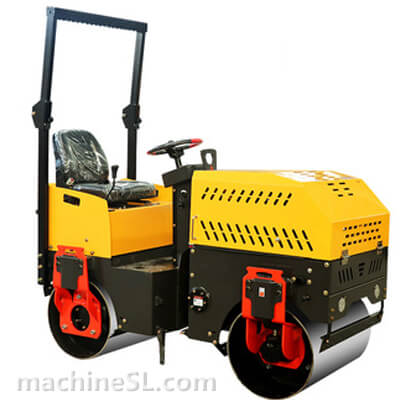
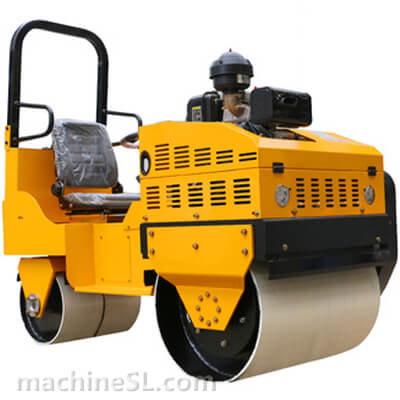
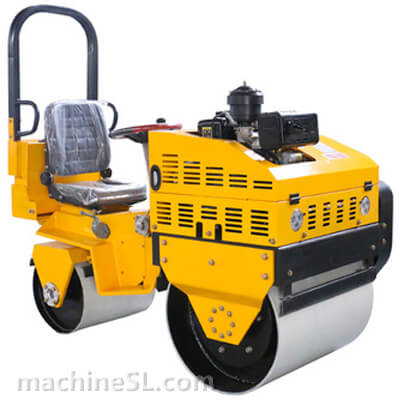
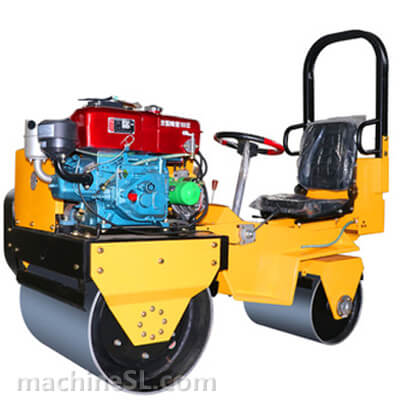
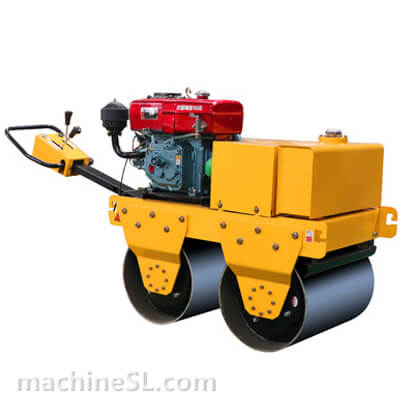
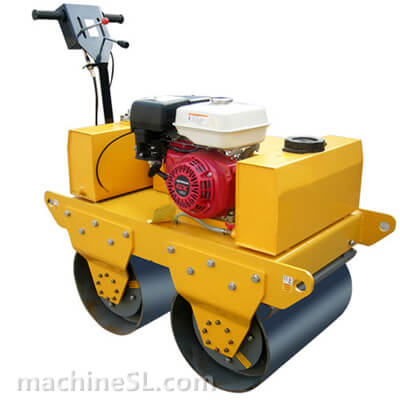
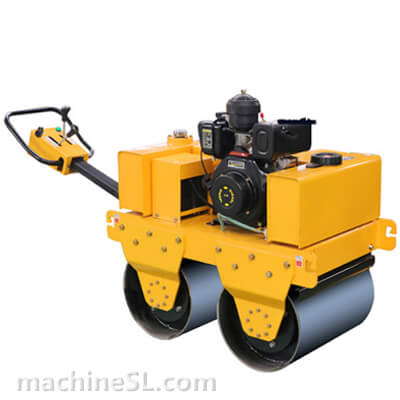
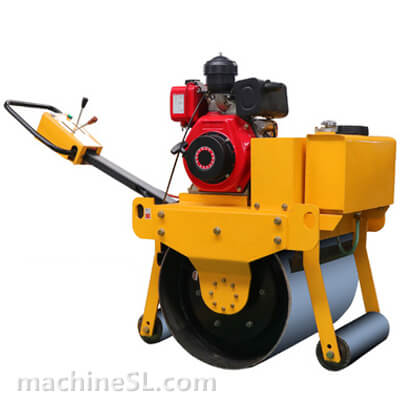
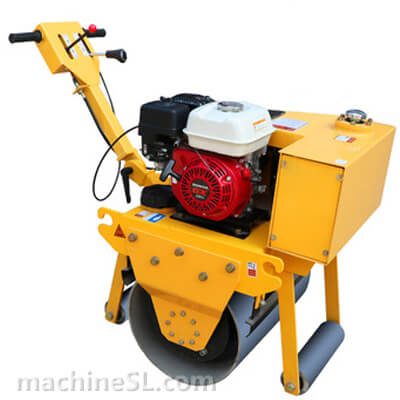
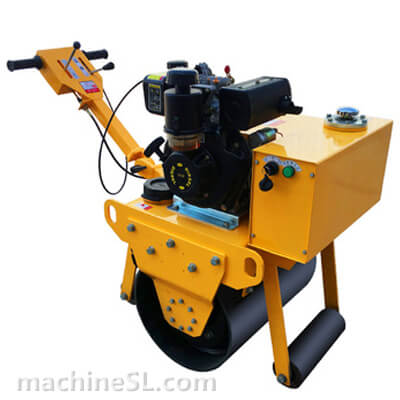
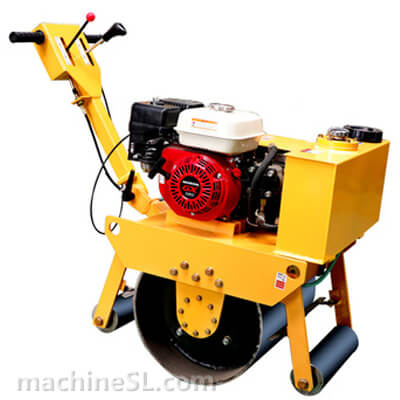
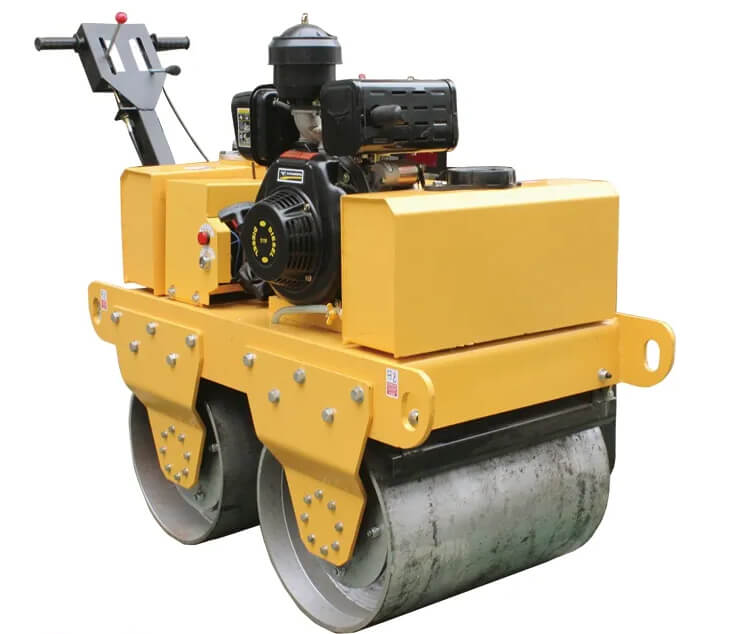
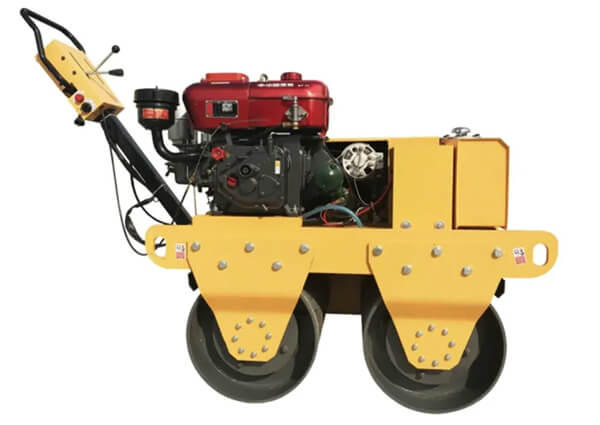
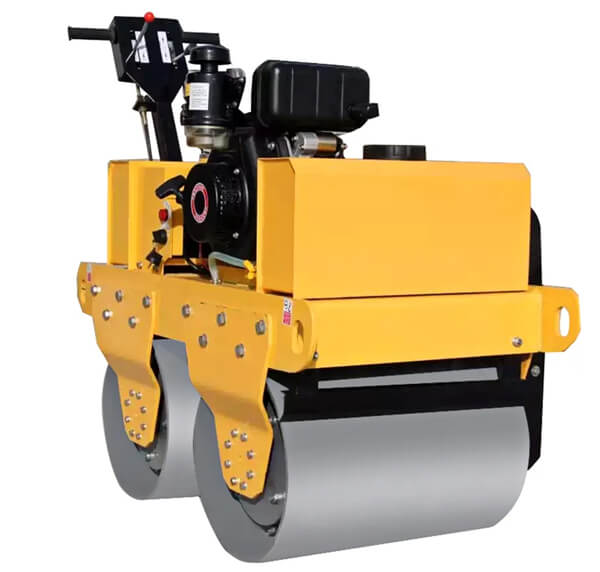
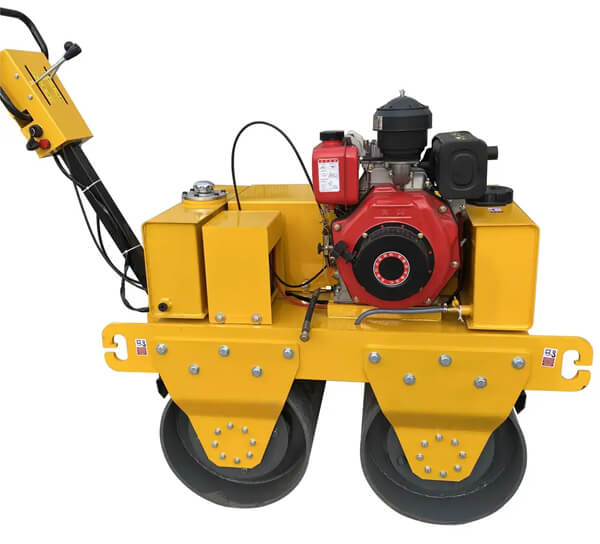
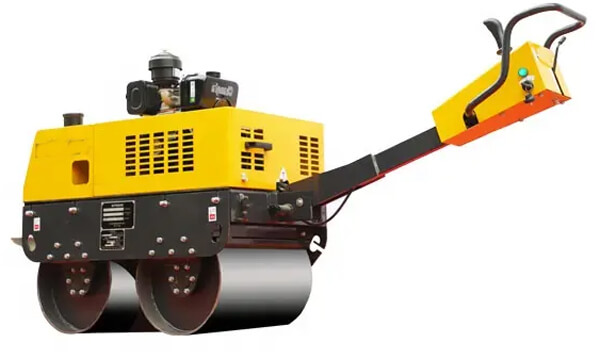
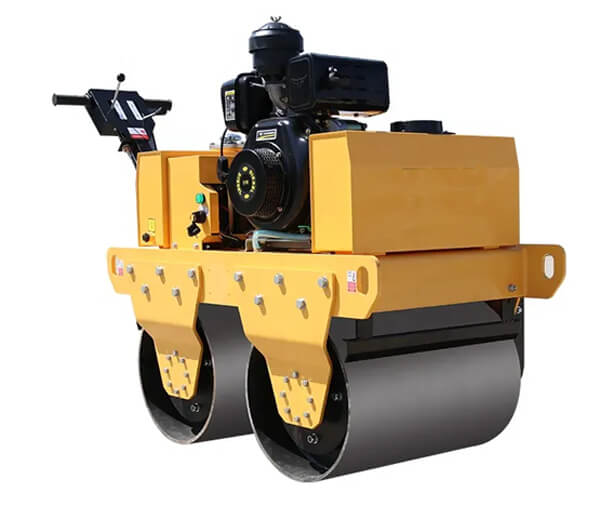
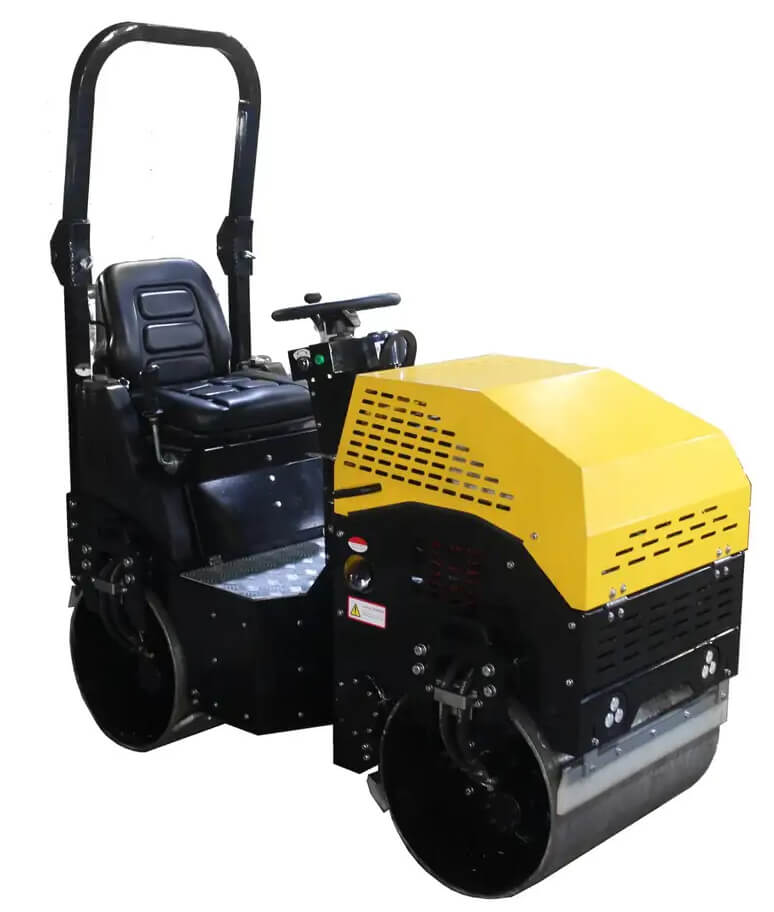





Leave A Comment